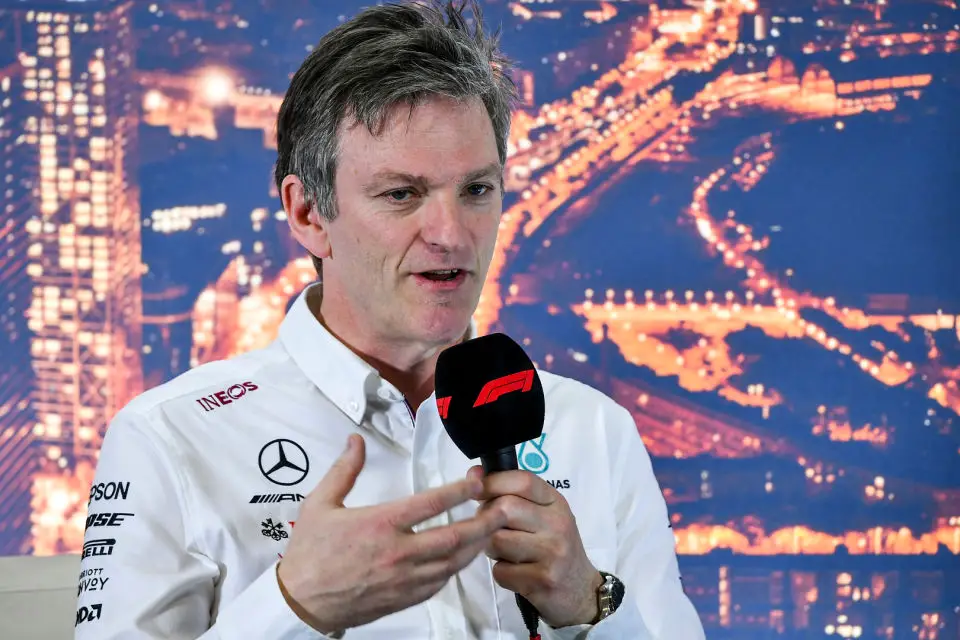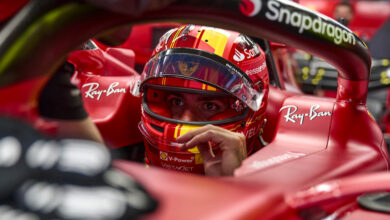Mercedes F1’s Technical Strategy: A Cautious Approach Impacted W14’s Performance
Mercedes technical director James Allison revealed the team’s cautious approach in developing the 2023 W14 car, influenced by the previous year’s porpoising issues, resulted in a missed opportunity for performance enhancements. This strategy led to internal debates and a conservative design choice, which Allison admits may have been overly cautious.
Key Takeaways:
- Mercedes’ 2022 porpoising issues led to a conservative approach in the development of the 2023 W14 car. The team adjusted the car’s floor height by 15mm and initially adopted, but later abandoned, the ‘Zeropod’ concept post-Monaco Grand Prix.
- Allison shared the internal debate at Mercedes: whether to lower the car by 15mm to reduce bouncing or continue seeking downforce in difficult areas, a strategy that had brought benefits in the past year. He admitted the challenge in predicting porpoising with the available tools.
- Ultimately, Mercedes opted for a cautious strategy, hoping to avoid bouncing issues. Allison reflected that this approach was too cautious, acknowledging that a more aggressive stance could have led to quicker performance improvements.

In a revealing discussion, James Allison, Mercedes’ technical director, shed light on the internal deliberations that shaped the development of their 2023 F1 car, the W14. The team’s experiences in the previous season, notably the persistent porpoising problem, significantly influenced their approach. The W14 car, evolving from its predecessor W13, underwent several modifications, including a crucial adjustment of increasing the car’s floor height by 15mm.
This alteration was part of a broader strategy to address the bouncing issues that had plagued the team. Allison explained the team’s dilemma: whether to exploit this additional clearance to lower the car and potentially enhance its performance or to continue their search for downforce in challenging areas. This approach, while difficult given the aerodynamic constraints of the current regulations, had yielded dividends in the past.
Reflecting on this decision, Allison admitted that the team’s cautious stance might have been excessive. He pondered the possibility that a bolder move, specifically utilizing the 15mm clearance to lower the car, could have fast-tracked the W14’s performance gains. This hindsight reveals the delicate balance F1 teams must strike between innovation and reliability, particularly in an era where technical regulations are increasingly stringent.
The outcome of this cautious approach, as Allison candidly acknowledged, was a slower pace in reaching the car’s optimal performance. This decision, based on a risk-averse philosophy, highlights the constant gamble teams face in the high-stakes environment of Formula 1 racing. While Mercedes aimed to avoid the pitfalls of porpoising, their conservative strategy may have cost them valuable time in the fiercely competitive F1 landscape. Allison’s insights offer a rare glimpse into the strategic thinking that underpins the development of these sophisticated racing machines.


